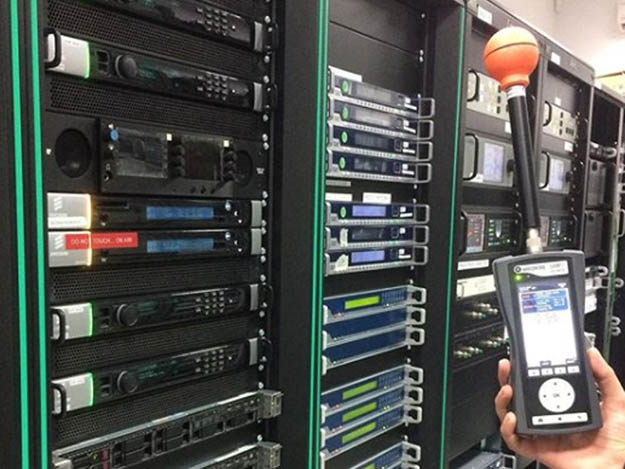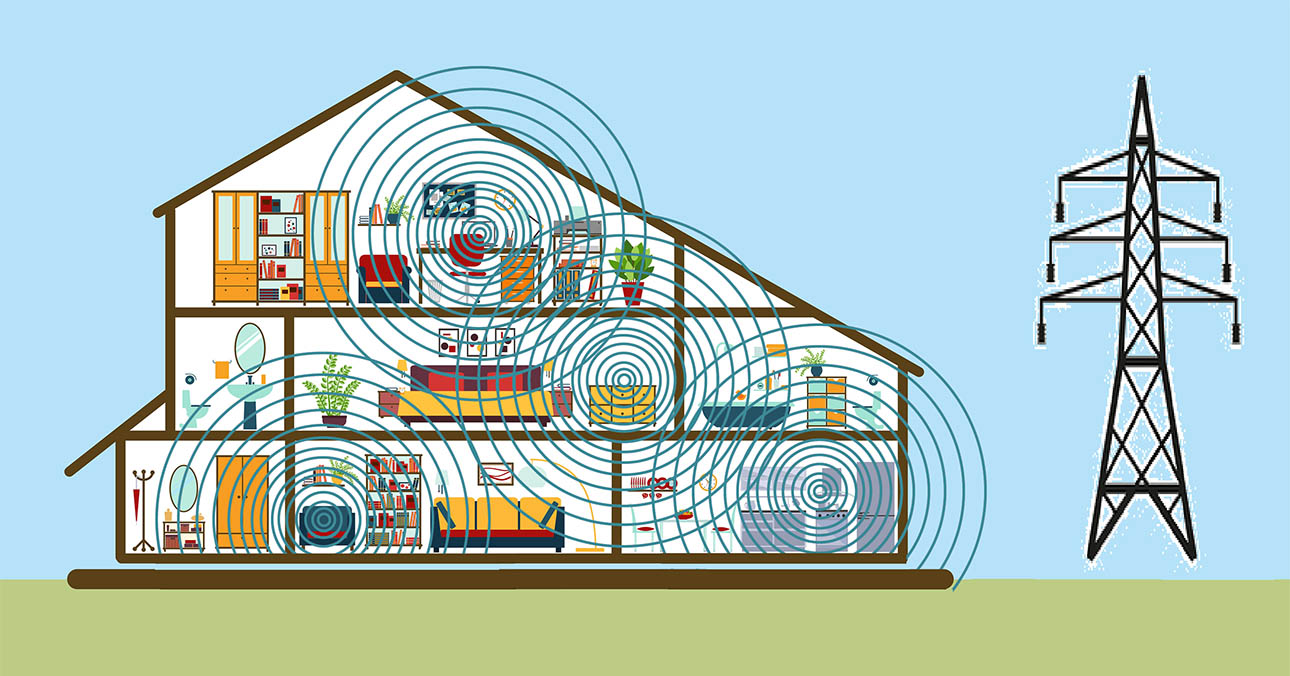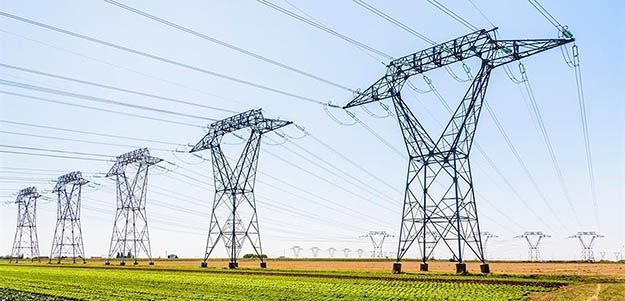
ELECTROMAGNETIC RADIATIONS - LOW FREQUENCIES
Low Frequences
Electromagnetic fields are formed around conductors through which an electric current flows. Electricity in our country is provided at the frequency of 50Hz . At this frequency the two components of the electromagnetic field behave almost independently, with the result that the field does not actually display the properties of radiation.
We can measure low frequencies at 50Hz and 60Hz
High voltage transmission line cables
Above ground or underground, voltage conductor systems
Medium and high voltage substations
Entrance / Exit to photovoltaic parks
Wind farms, connections with high voltage PPC
Current meters
Large transformers
Power Lines substations
Voltage reduction structures in industries
Power Substations
Transformers in bases terminals or in PPC columns
Heavy machinery and magnetic fields in the industry
Factories and power stations
Power Lines medium voltage distribution networks
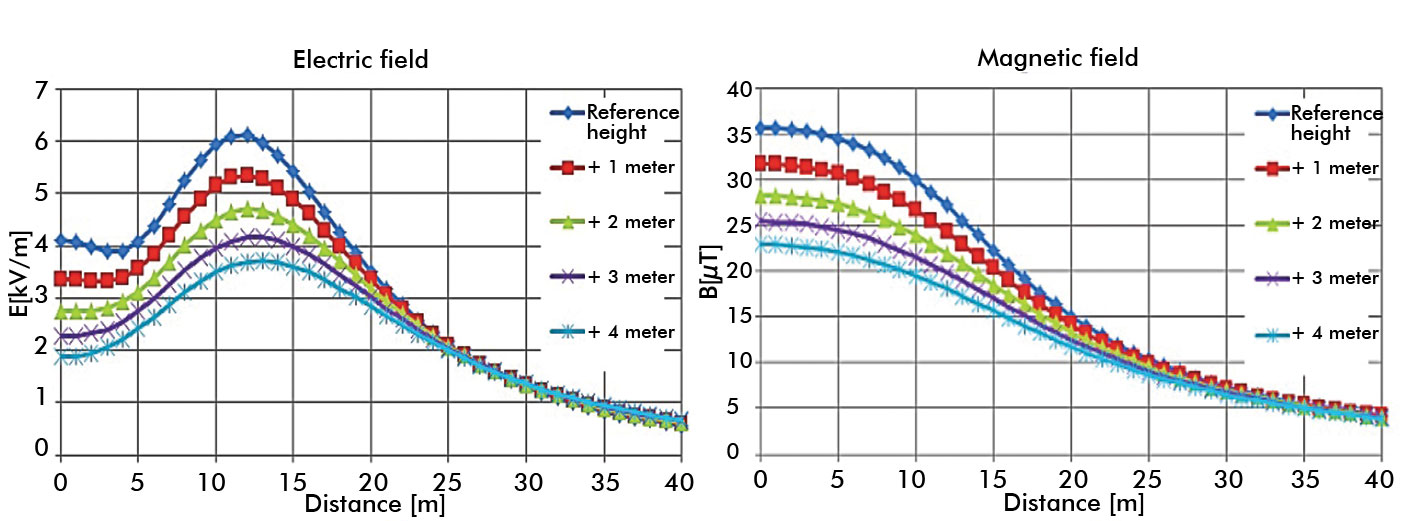
Electricity is transferred from production plants to consumption centers via high voltage lines ( 400 KV, 150 KV & 66 KV ). The voltage of 400 KV is transferred to the High Voltage Centers (HVC), reduced to voltage 150 KV and then through the High Voltage Substations in voltages 66KV and 20KV (medium voltage) supplying industries and urban centers or various professional activities respectively. The average voltage of 20KV is reduced through the Distribution Substations to low voltages 220V or 380V which supplies large building units. Distribution Substations are placed aerially in columns or in the basements of large buildings.
Electricity transmission and distribution lines can be overhead and underground . Only magnetic fields are created in the surrounding space from the underground lines.
Low voltage overhead lines create very small electric fields. The magnetic fields amount to a few μT near the conductors and are negligible at a distance of a few meters. The electric and magnetic fields around the substations are formed by the lines connected to them and not by the transformers and the rest of the equipment.
Corona Phenomenon: Around high voltage lines are formed electrical discharges (Corona effect), which can produce noise and convert oxygen molecules into ozone. Also, a buzz can be heard near substation transformers.

Impact
Magnetic fields of very low frequencies induce electric fields and currents in the body. If these fields are strong, it causes nervous and muscular stimulation and a change in the function of the central nervous system. Large metal objects within the electric field can be charged with a fairly high voltage and, if not grounded, cause an annoying shaking on contact. Population exposure limits have been set to avoid the above effects. (INIRC / IRPA 1990)
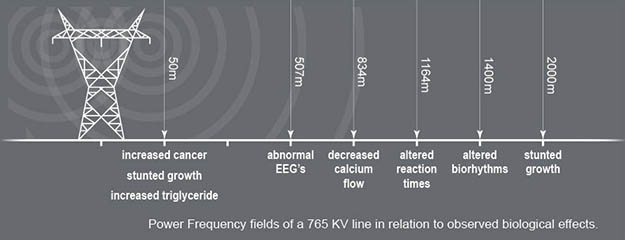
Electromagnetic fields and cancer
In 1979, an epidemiological study reported for the first time an association between the risk of childhood cancer and the distance of homes from power lines with a strong current. Although there are many shortcomings in the methodology, numerous more carefully designed studies, which were then conducted, show a statistical correlation between childhood leukemia and exposure to low-frequency magnetic fields (Tenforde, 1996 & WHO, 1998).
Other possible health effects, such as depression, suicidal ideation, reproductive and developmental disorders, immune system damage and nervous system degeneration, have been studied for possible association with exposure to low-frequency magnetic fields. The World Health Organization considers the data to be insufficient. The indications for the cause of cardiovascular diseases are negative (WHO, 2007).
Similar conclusions were reached in 2007 by the SCENIHR (Scientific Committee on Emerging and Newly Identified Health Risks), set up by the European Commission (EC, 2008).
Electromagnetic interference
An effect on the operation of pacemakers or other electrical implants has been reported from exposure to electric fields greater than 2 KV and magnetic fields greater than 20 μT. There is very little chance of exposing patients to fields of such values. The issue was addressed by the medical follow-up of patients who may have received such an effect (WHO, 1998). Already, modern pacemakers are designed to be receptive to such interference.
Magnetic fields larger than 1 μT can cause interference to older computer screens. These fields are formed near cables that supply electricity to buildings or around the transformers of low voltage substations. A simple solution is to move the computer (WHO, 1998). Newer technology screens such as liquid crystal or plasma do not have such problems.
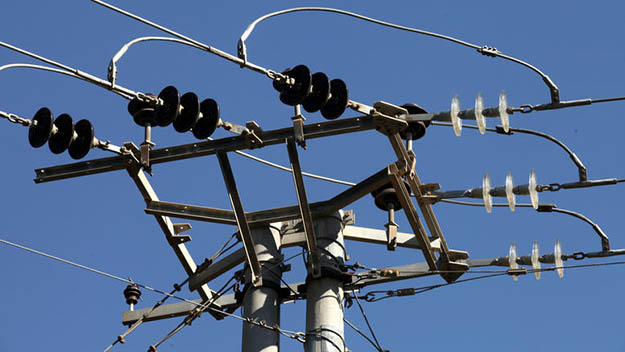
Measurement - Imaging Procedures
- MEASUREMENTS
1a) Checkpoints:
Multiple checkpoints are estimated for Low S frequencies.
For x low frequencies, measurements will be made on the premises, from high voltage Transformers and Power Generators.
- Measurements throughout the geographical area based on the floor plans at precise points with GPS coordinates determined on the plot - area of measurements.
- Measurements at any point of interest on the ground and at a specified height.
- Multiple control points are estimated, some with circles centered on the emission points of the electromagnetic fields.
- Emphasis on area and staff security (Offices, etc.).
- Measurements in meters and energy distribution network through HEDNO network.
- Measurements of any sensitive areas you specify in the area.
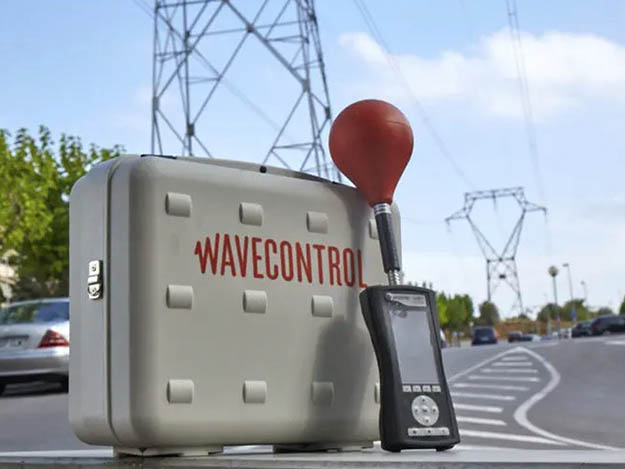
2) STUDY PREPARATION (will include at least the following)
2a) Capture of the electromagnetic emission map for all areas (Electric and Magnetic fields)
2b) Capture of the electromagnetic map of the energy path
2c) Details
2.1 measurements
2.2 recording
2.3 definitions of areas
2.4 definition with coordinates in the drawing
2.5 safety measures
2.6 maximum staff stays in certain areas
2.7 full analysis of the facts
2.8 international standards and epidemiological studies
2.9 Informing staff about work
within possible electromagnetic fields
2.10 marking on the areas in a natural way of areas
2.11 on-site color hazard distinction of areas
(blue, yellow, red)
Additional maps (excluding absolute values) will be provided with color code identifying areas that exceed the permissible limits as set out in the National and European Health Recommendations for Staff and Citizen Workplaces.
It is necessary to compare the results of the measurements with the National borders that have been set as well as with the borders of at least three other European countries, with a significant difference between them, in terms of the limits set by these countries.
Information Tips for Electromagnetic Radiation:
Low frequency electromagnetic radiation - Effects on human health



